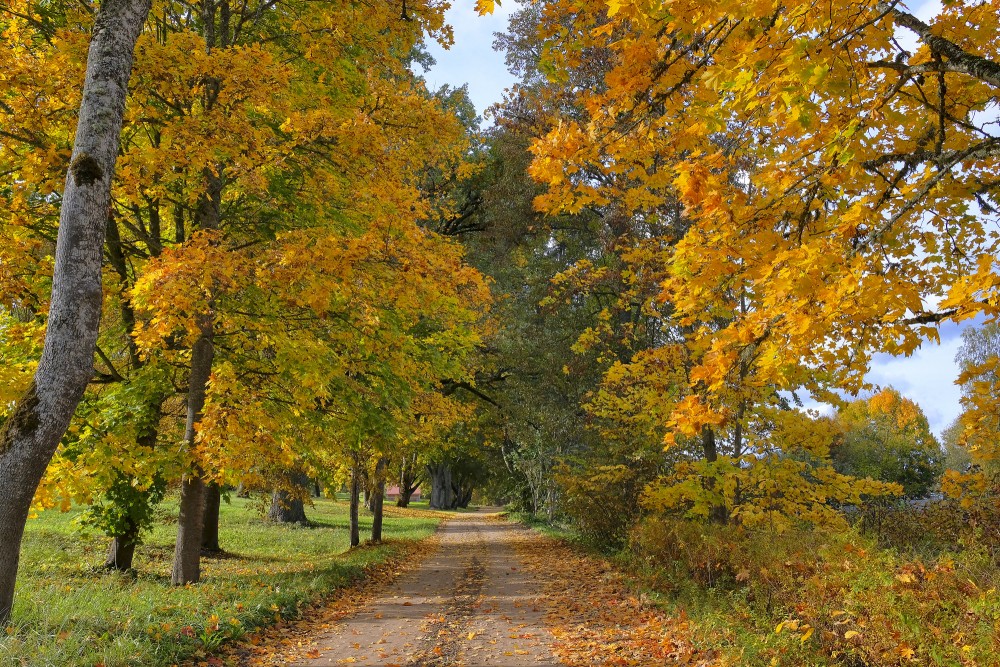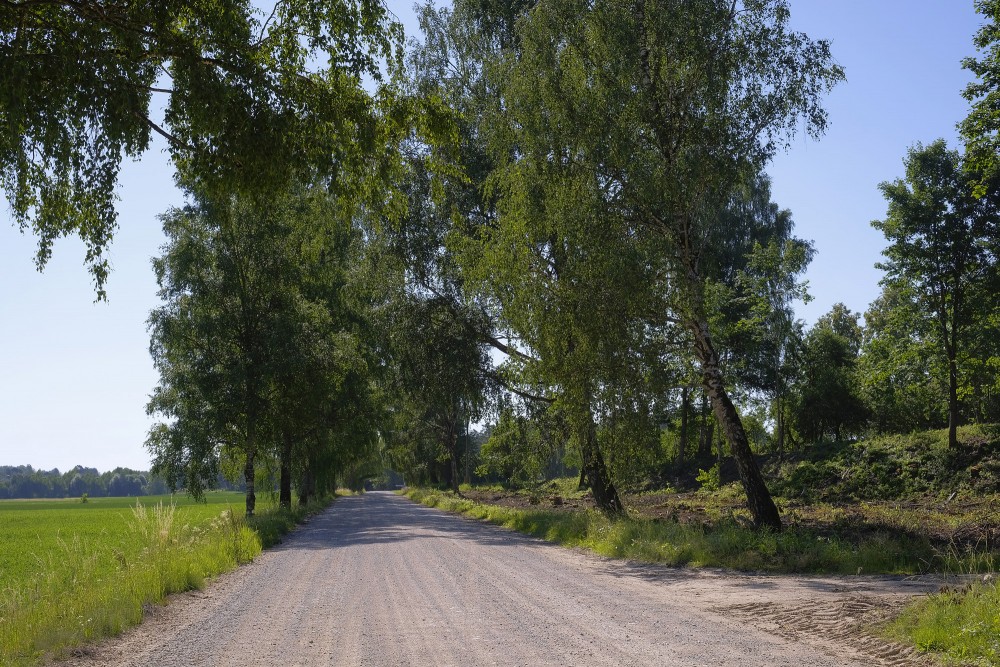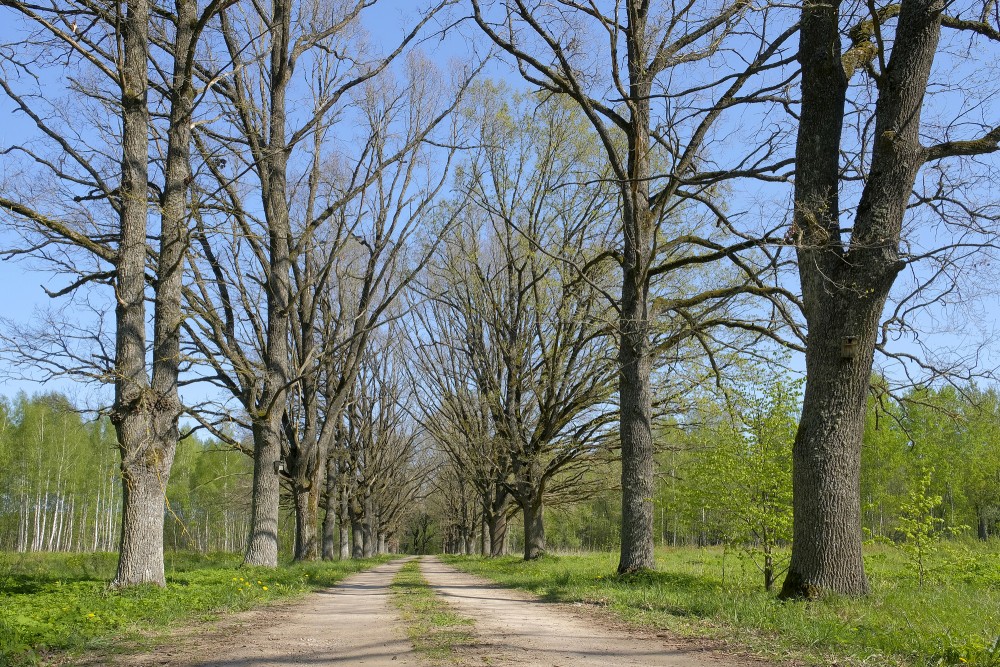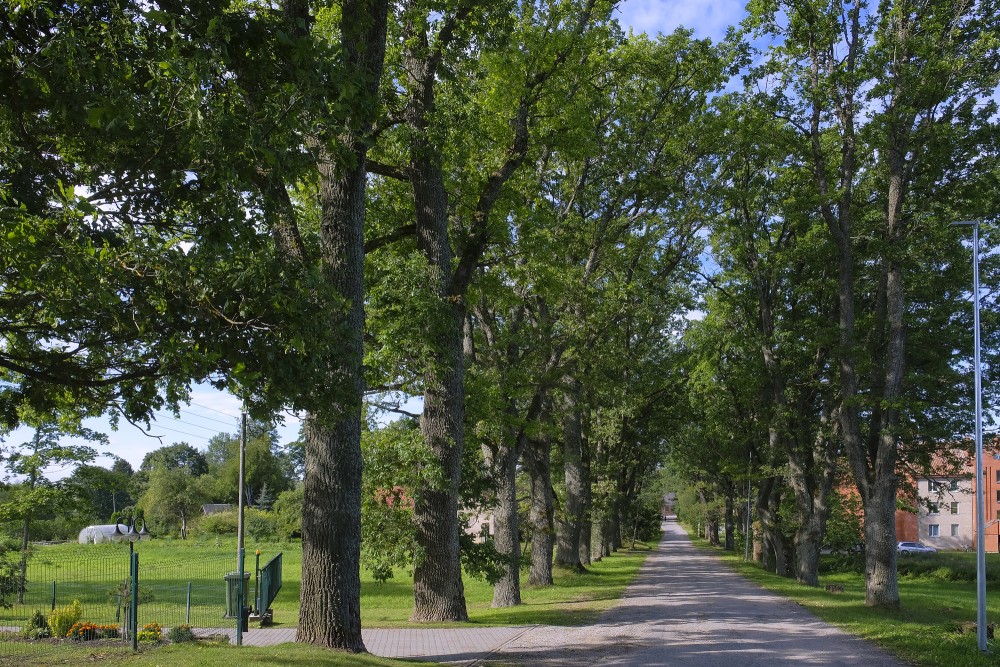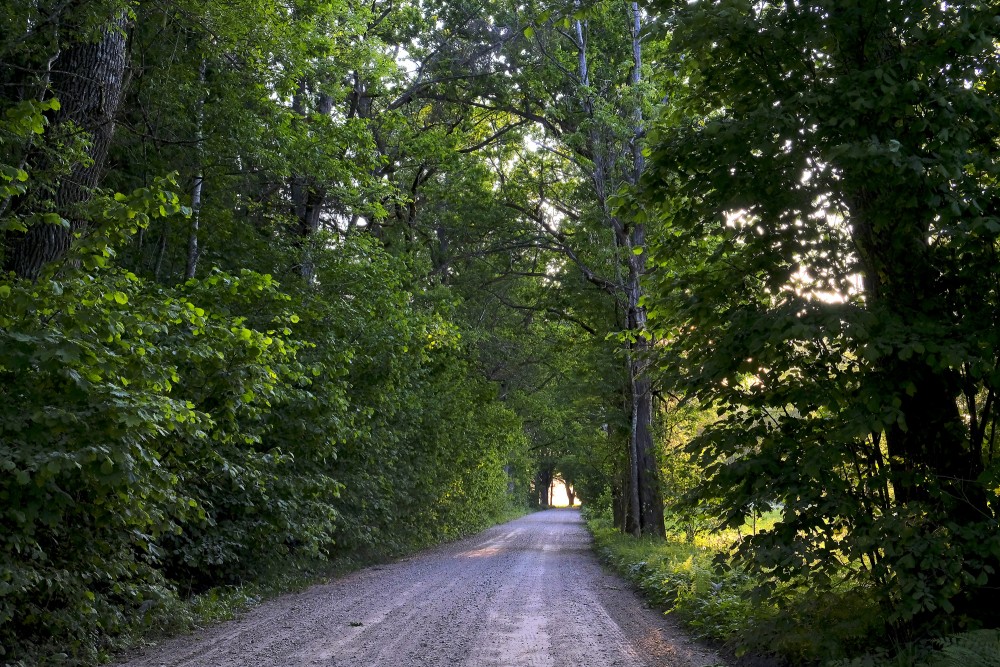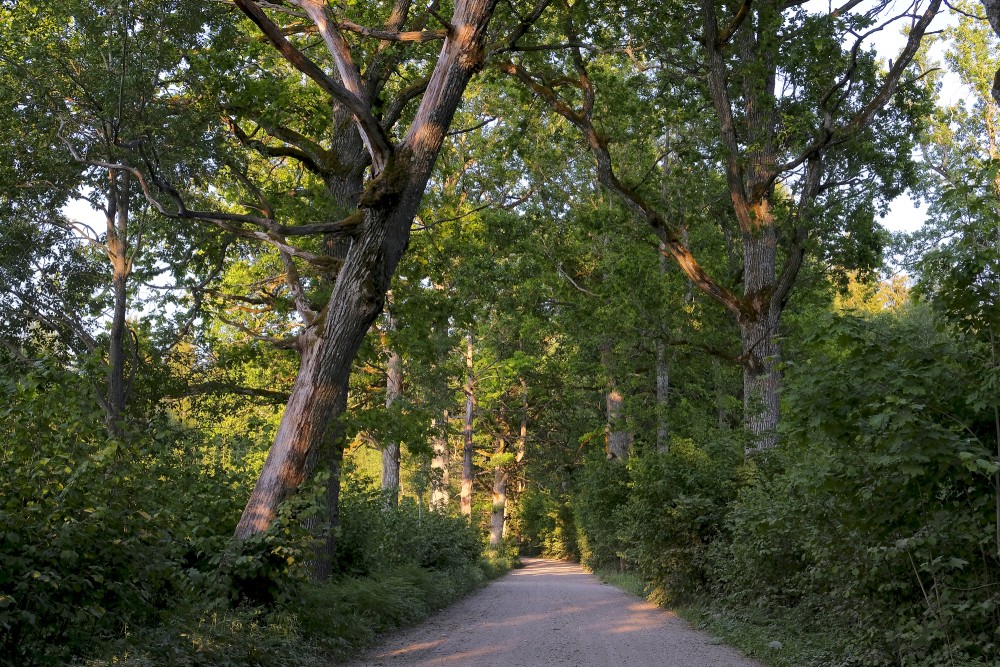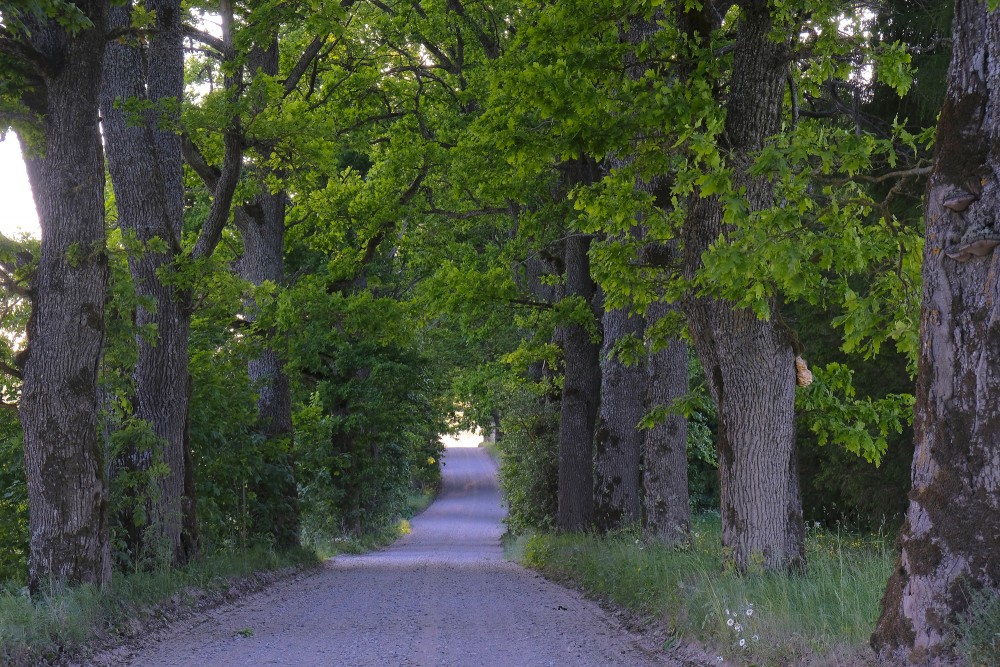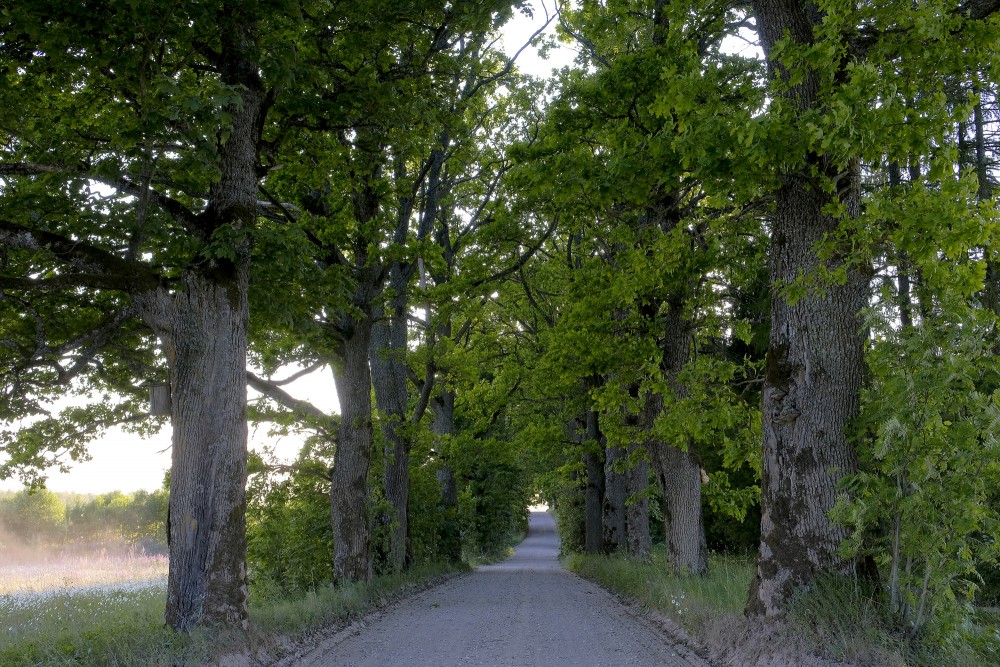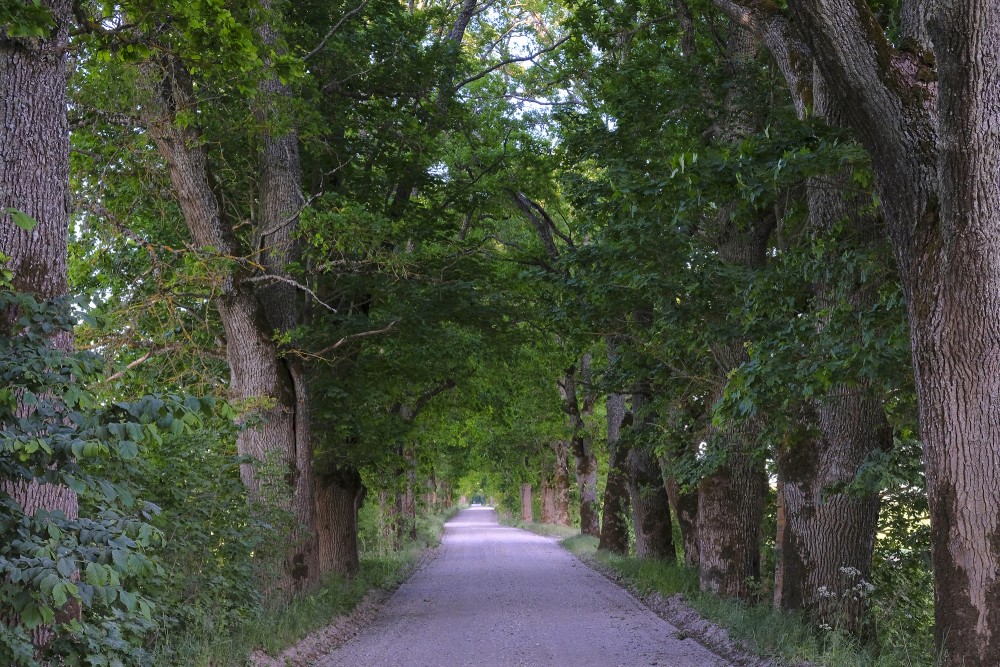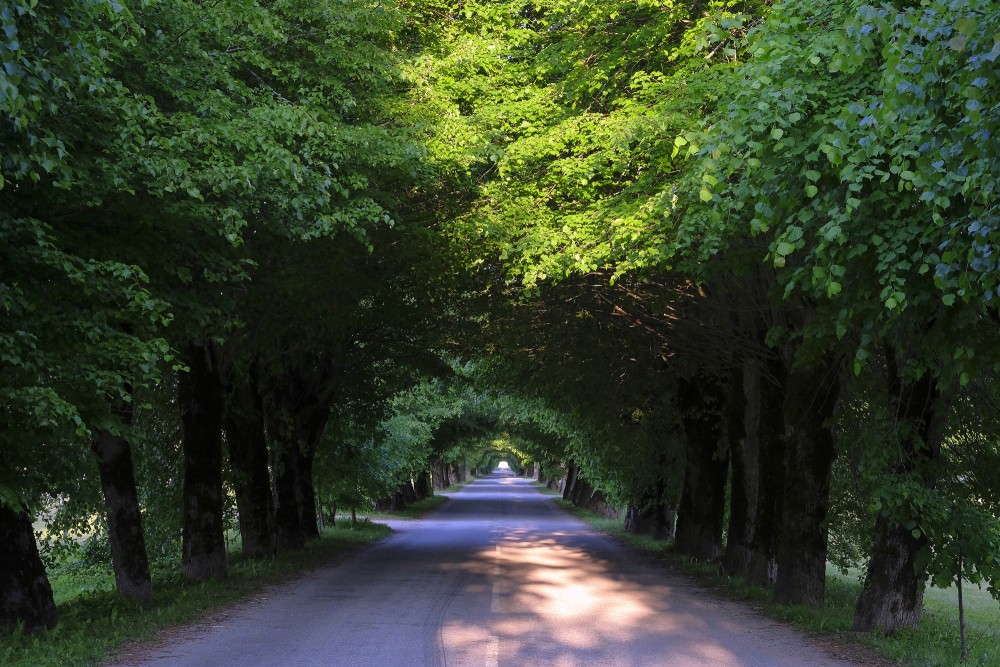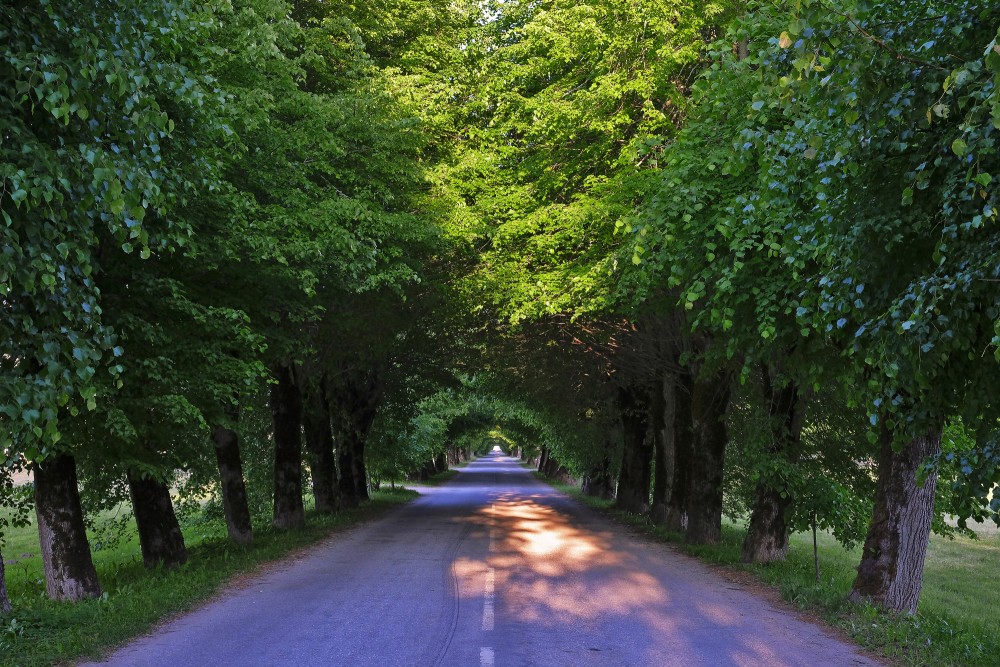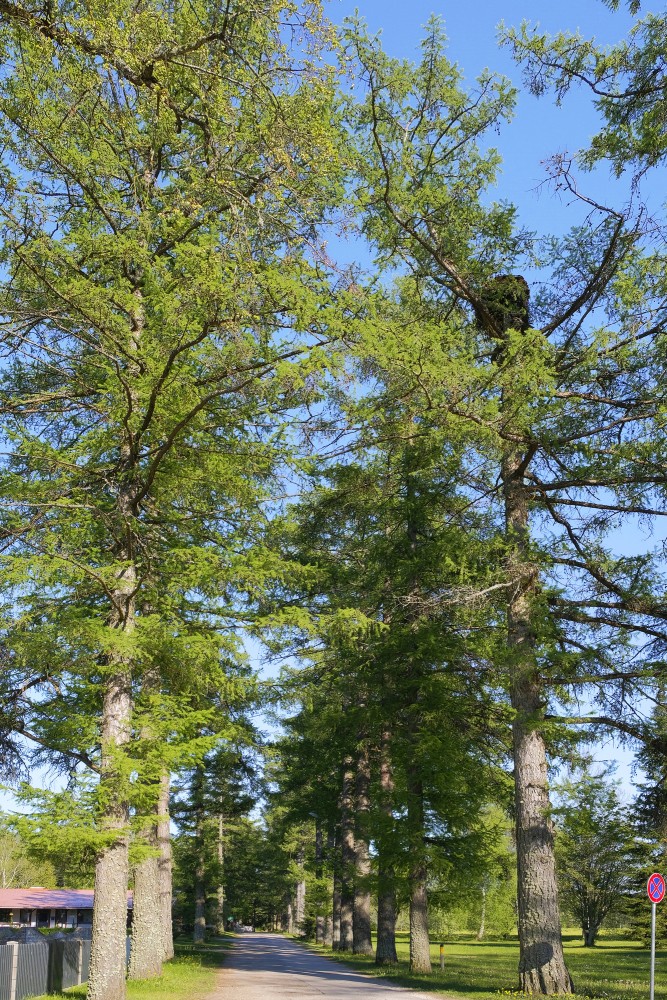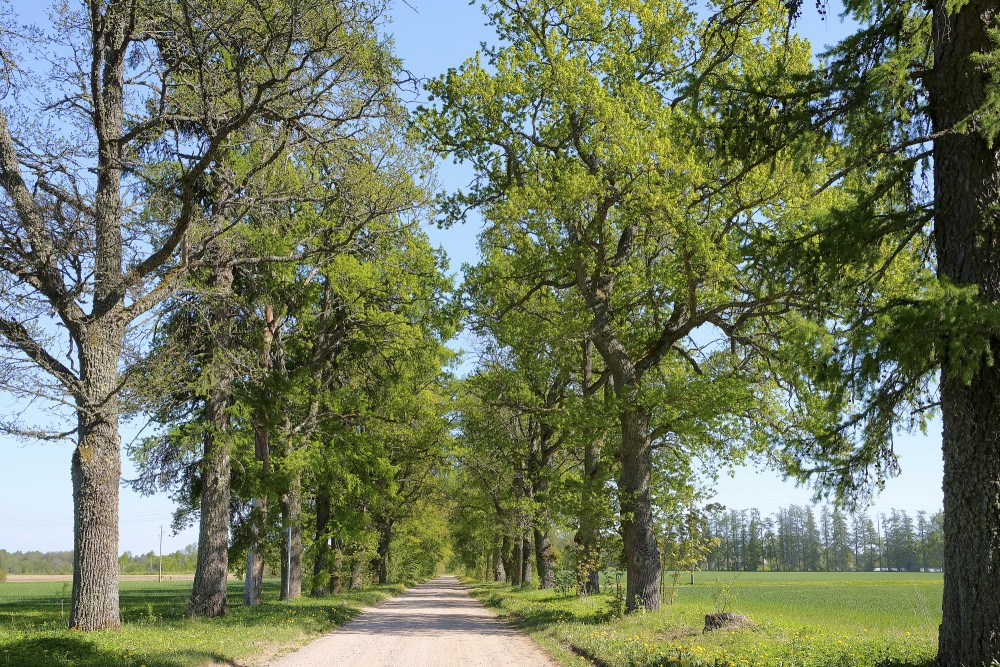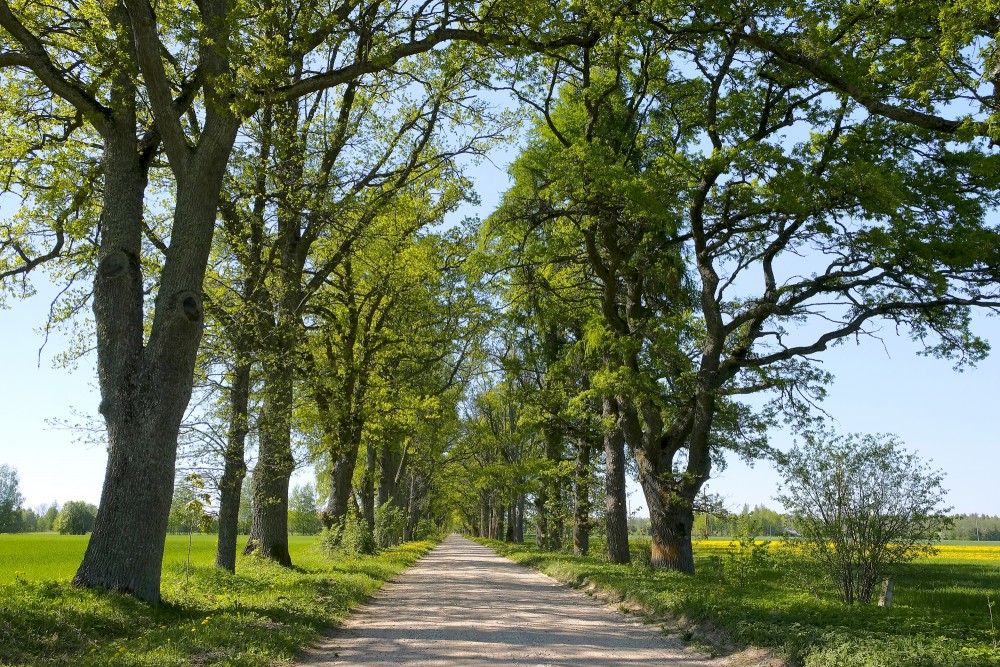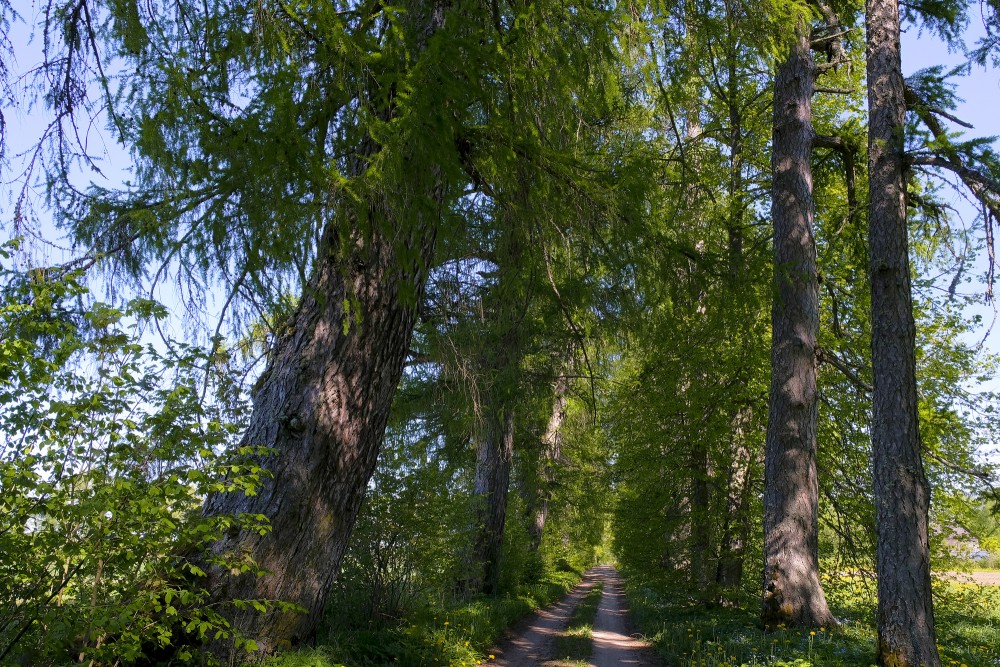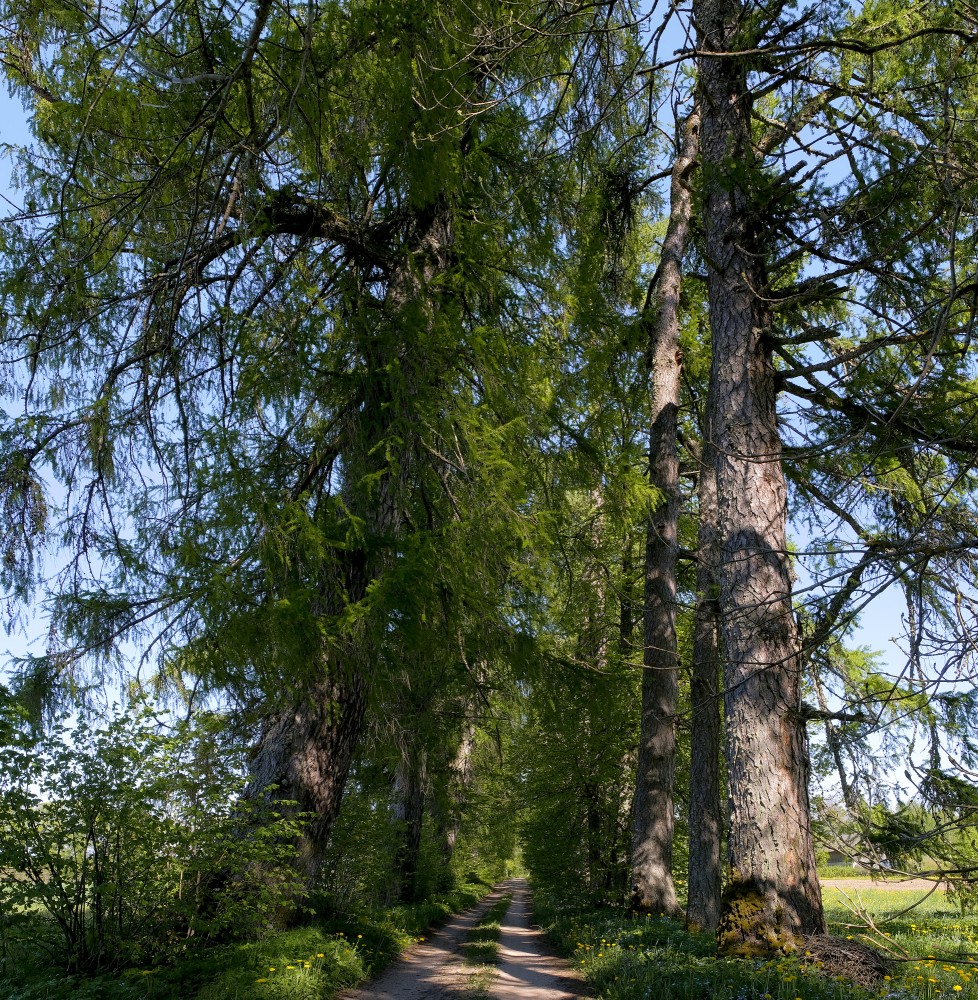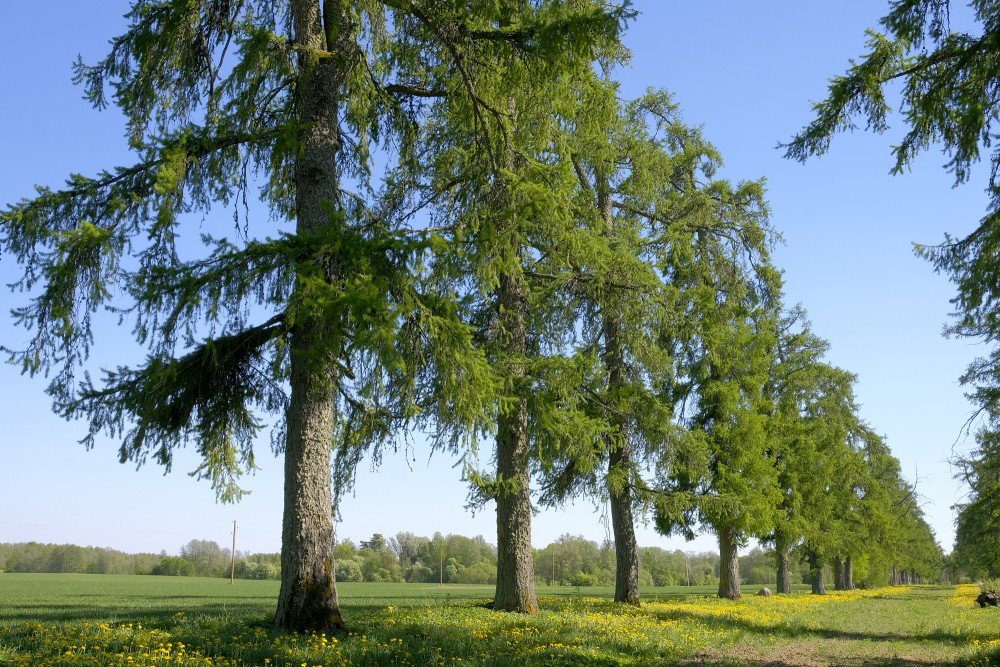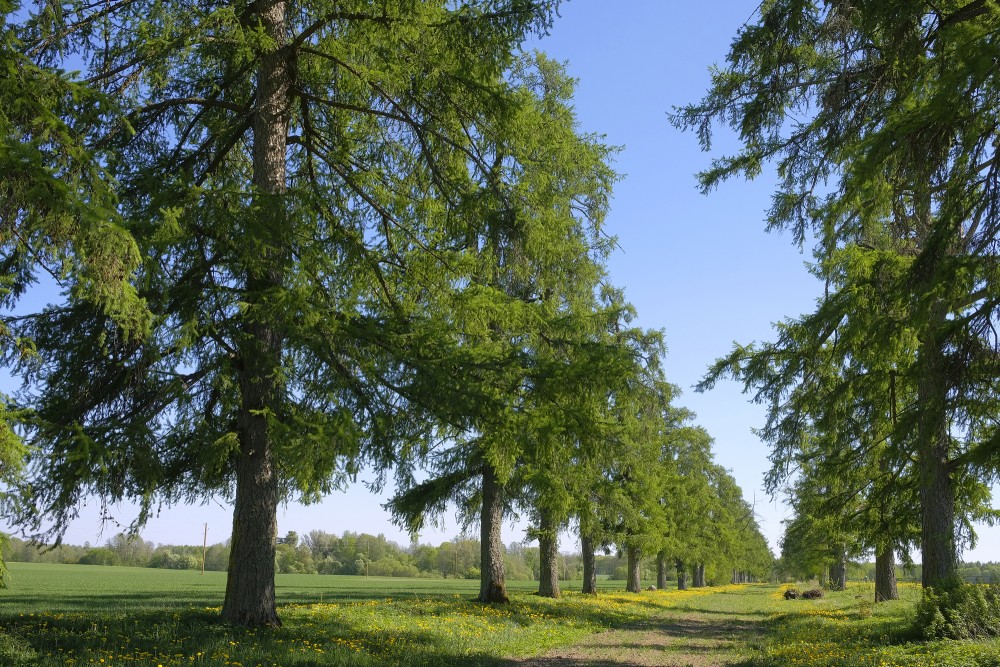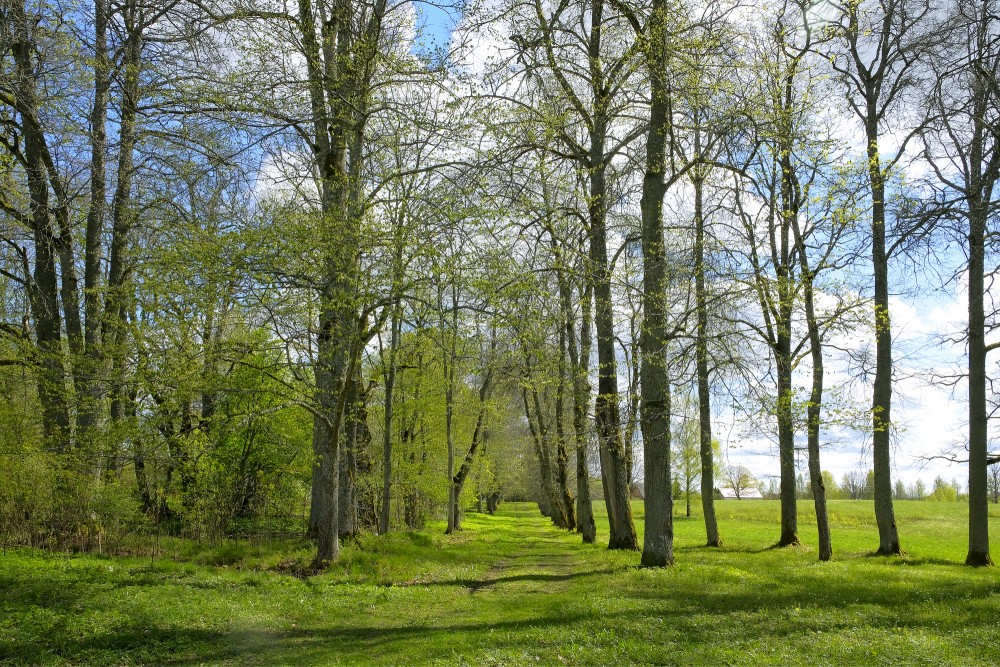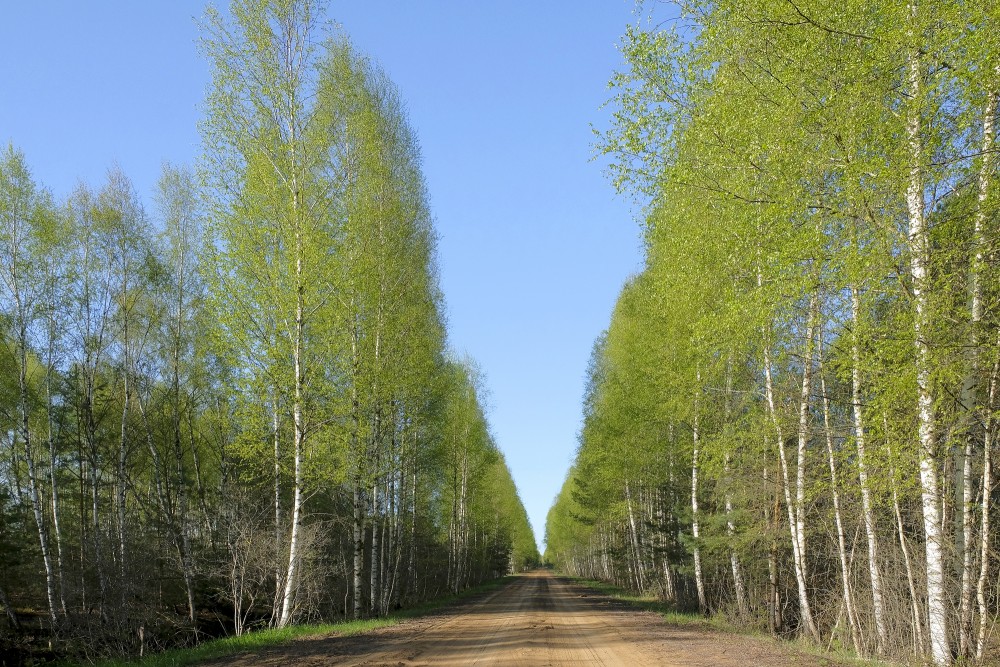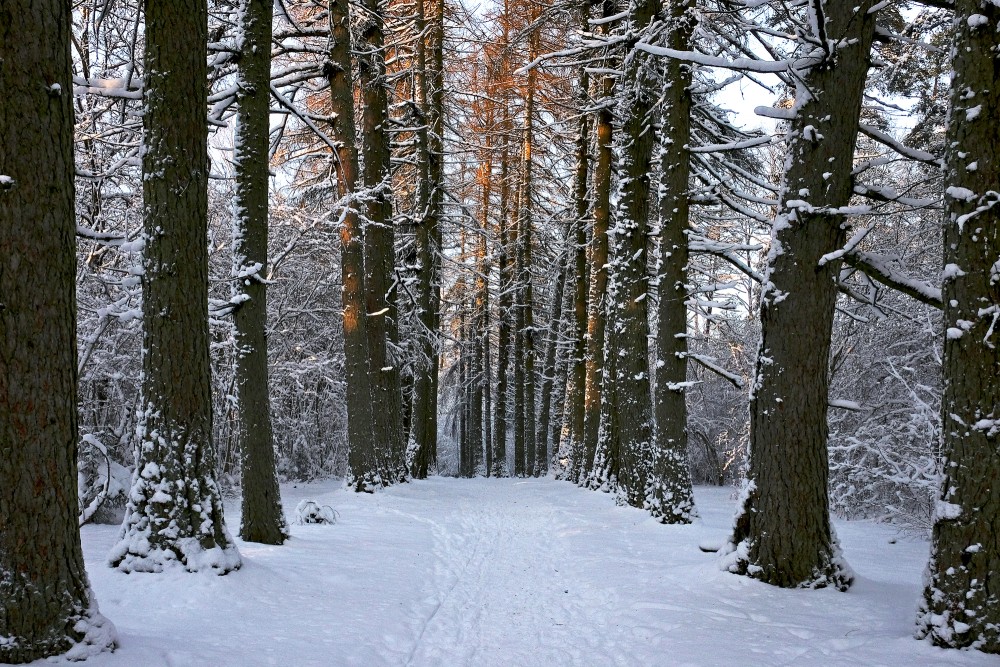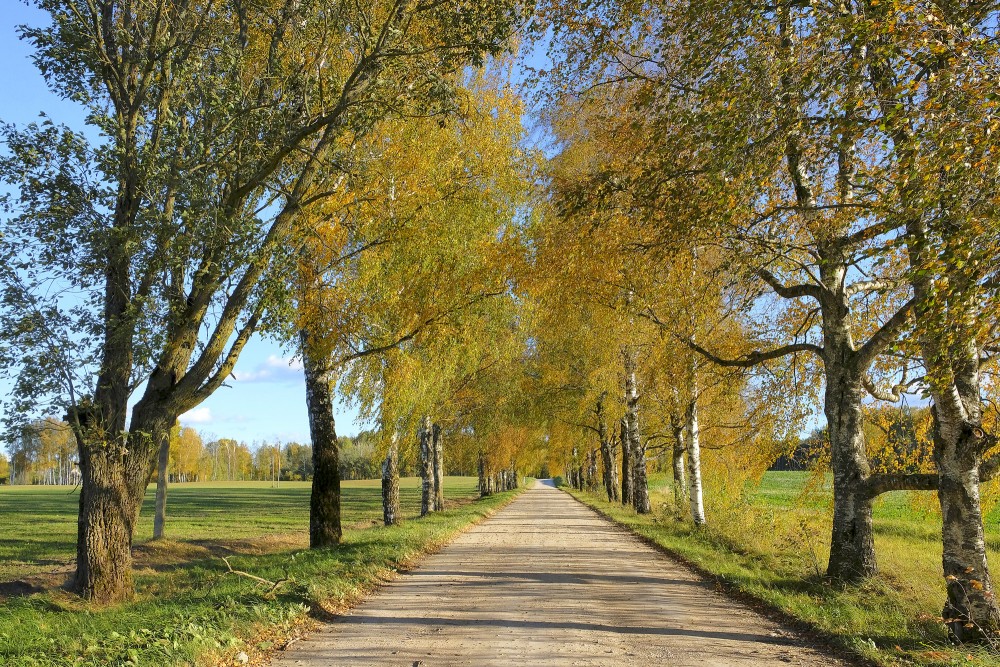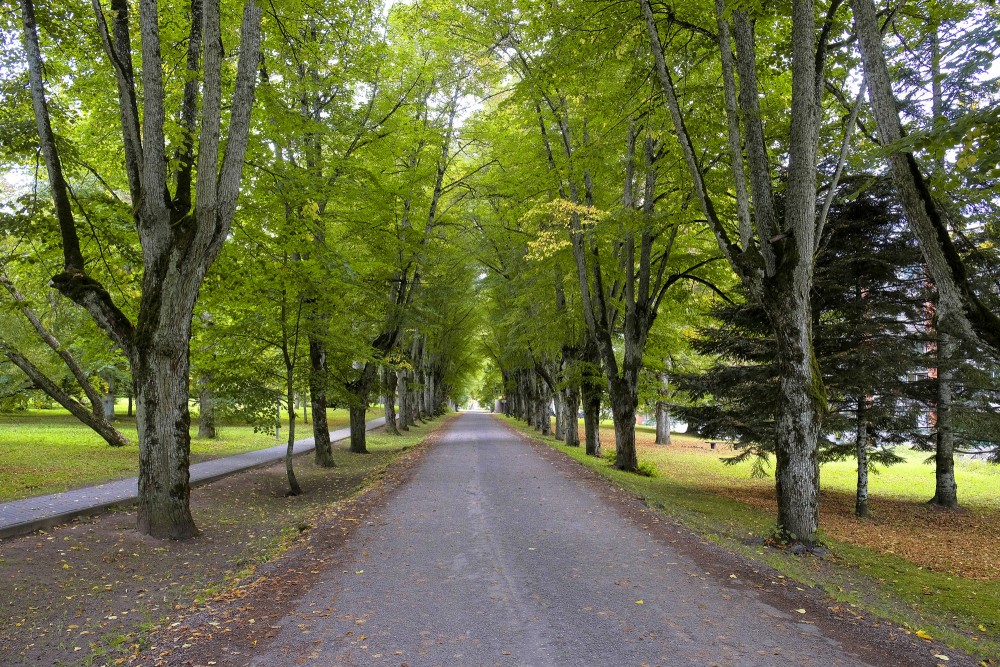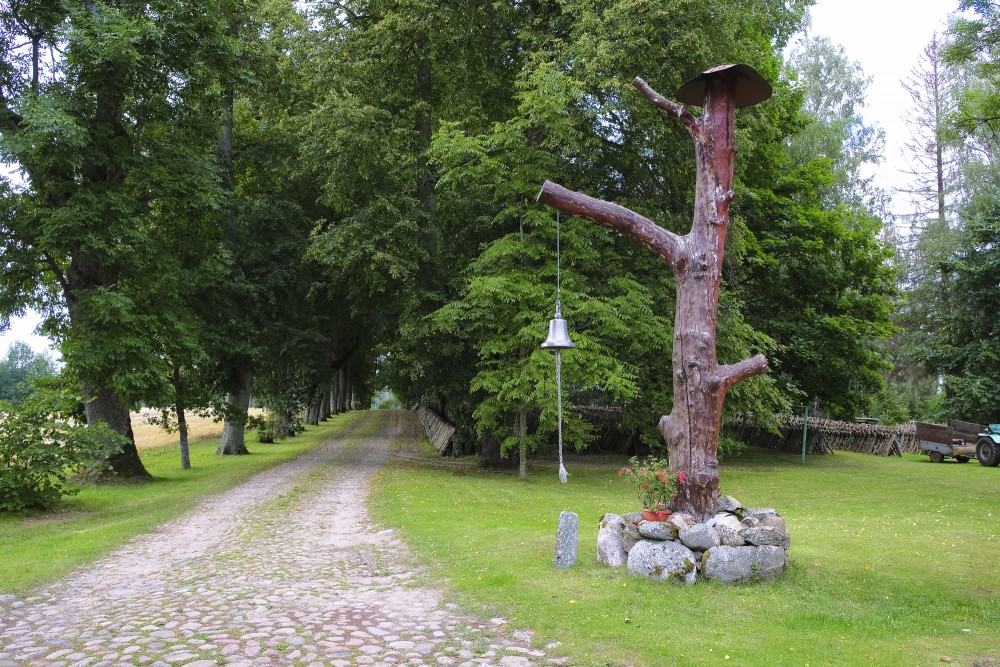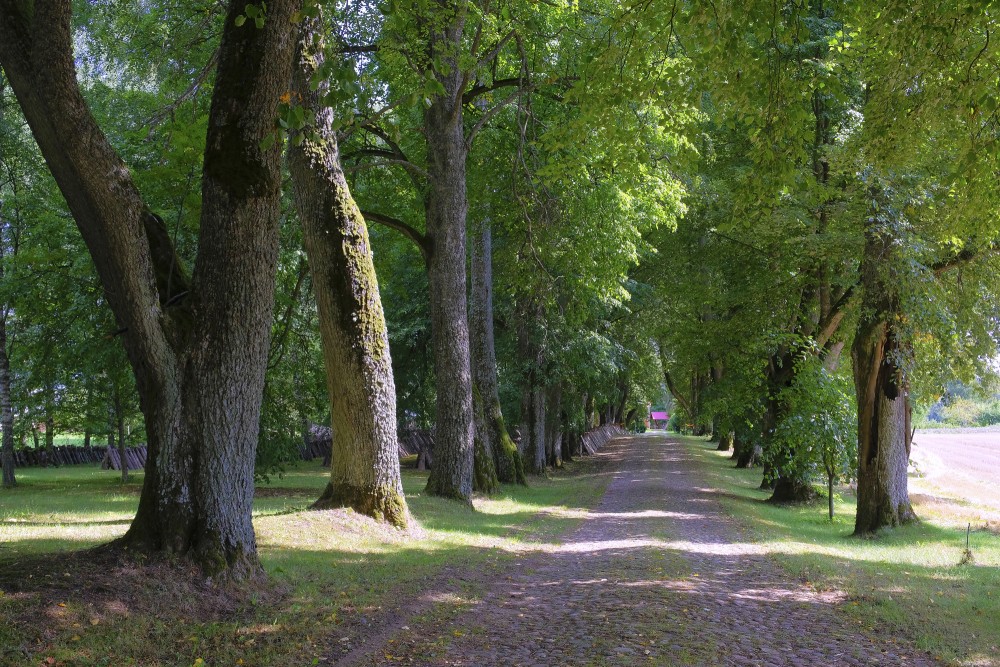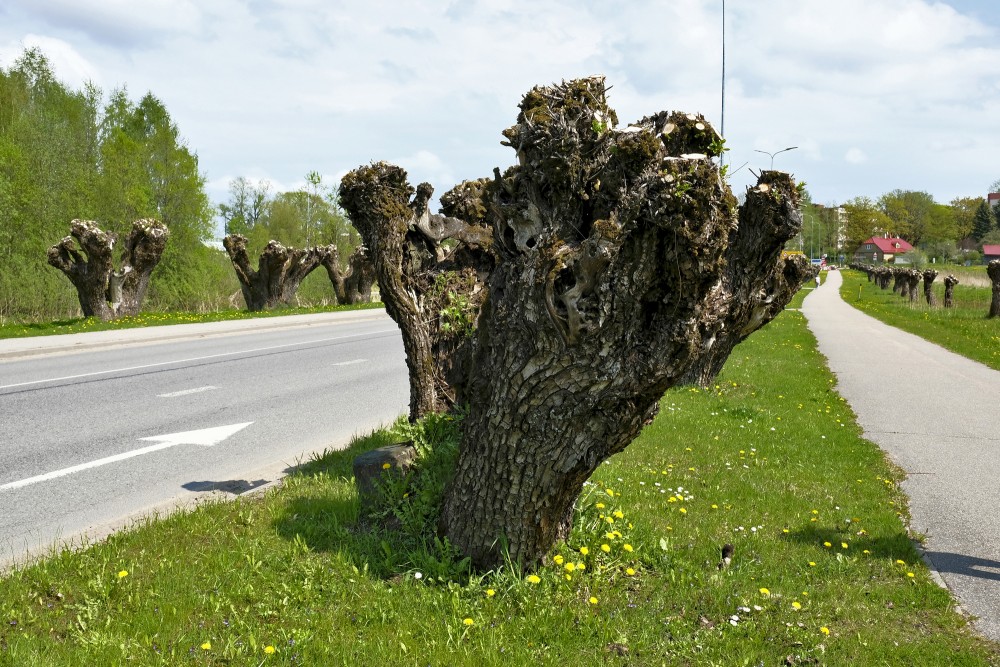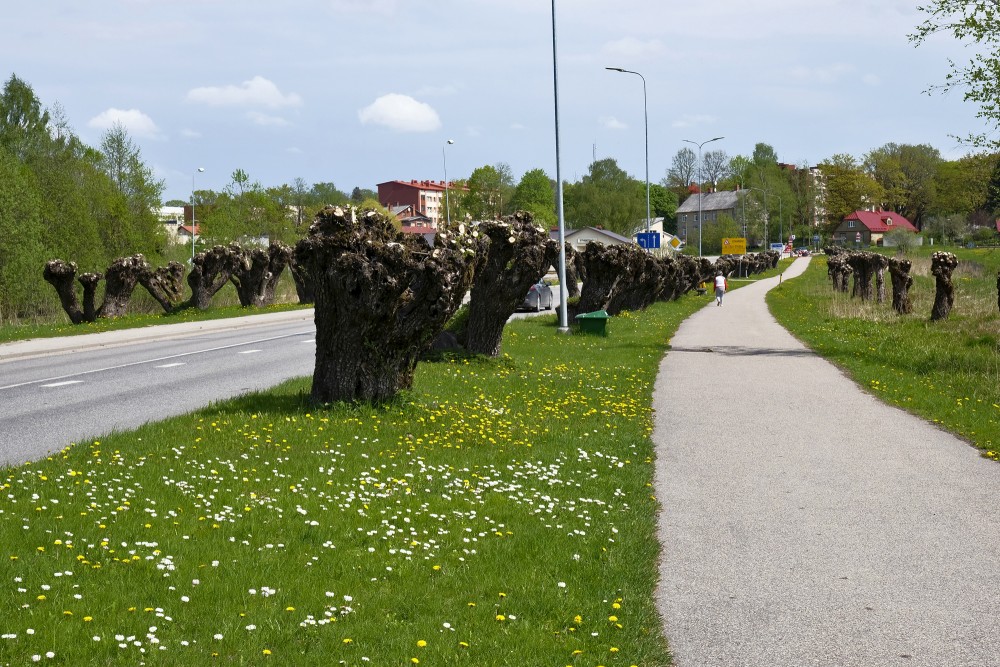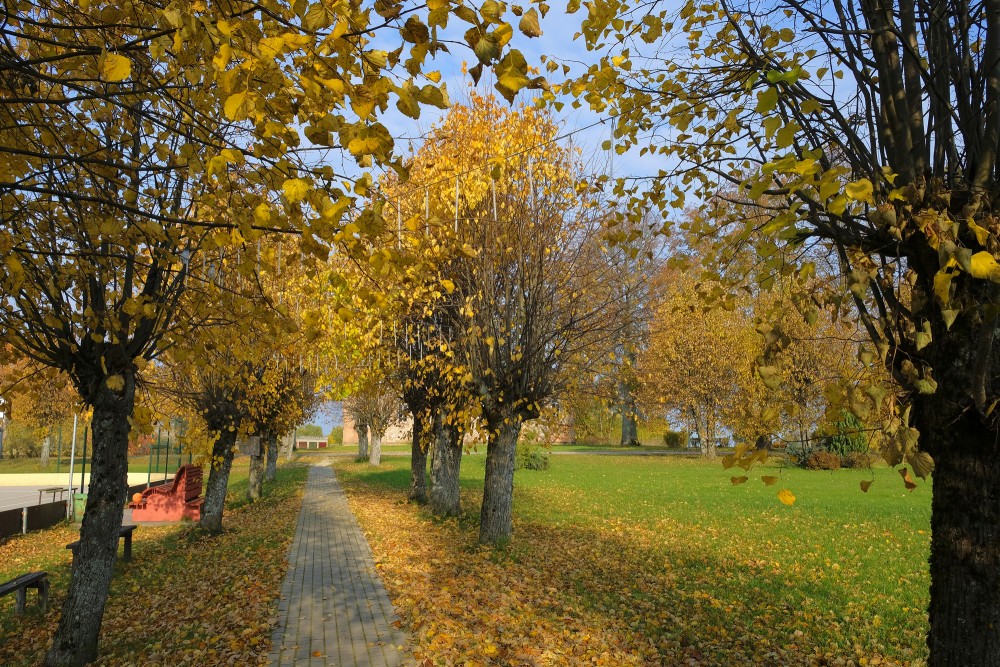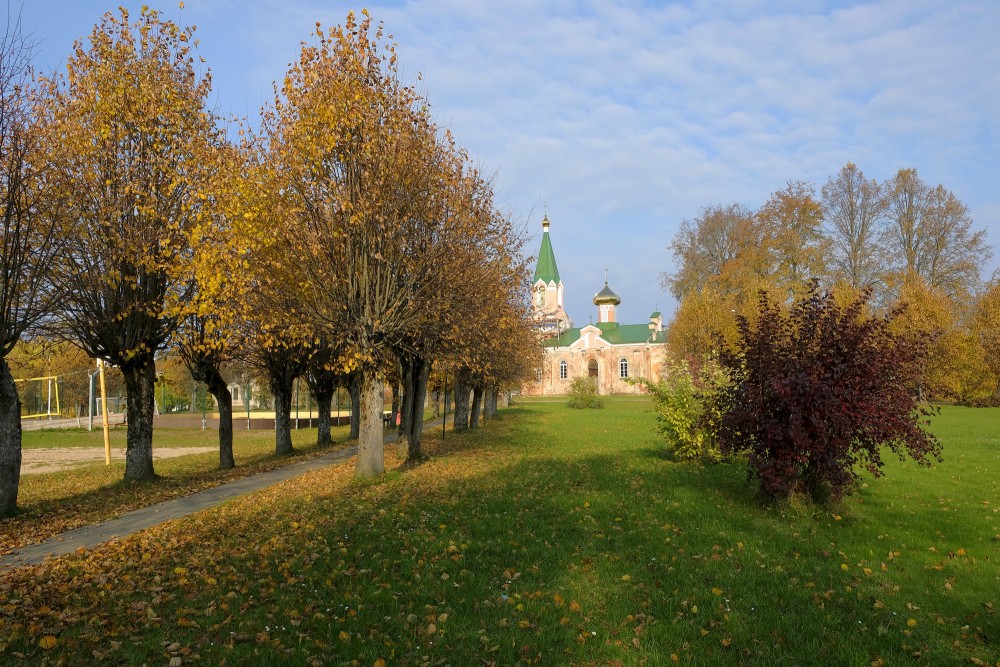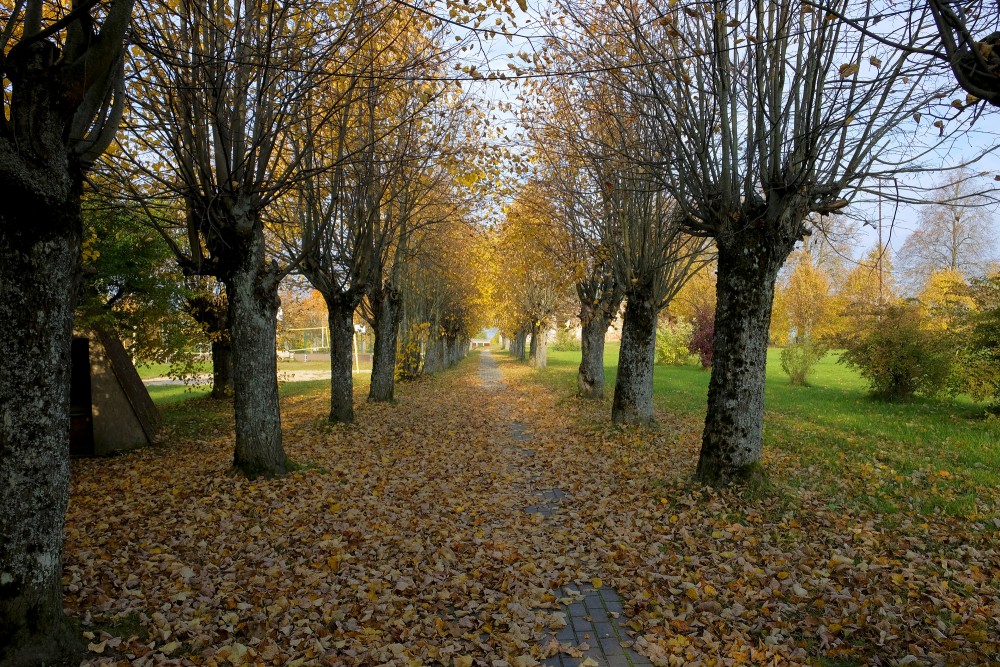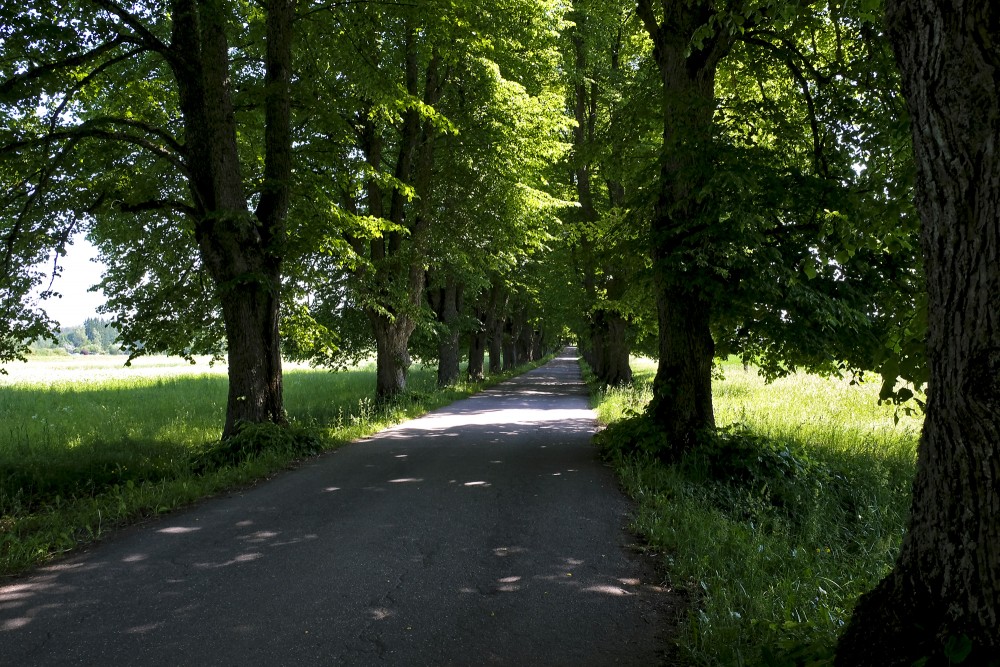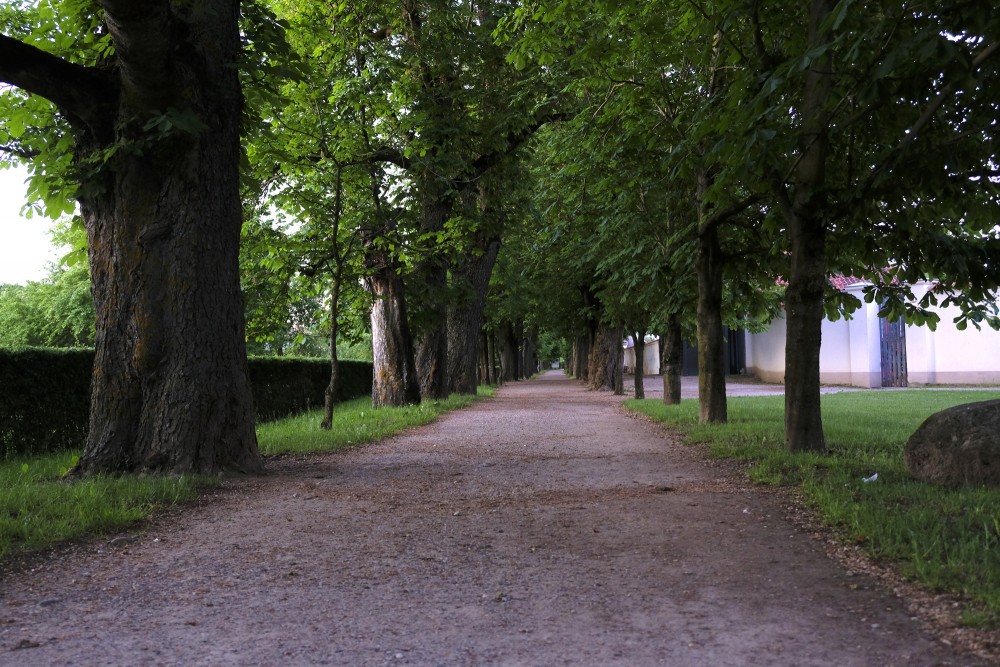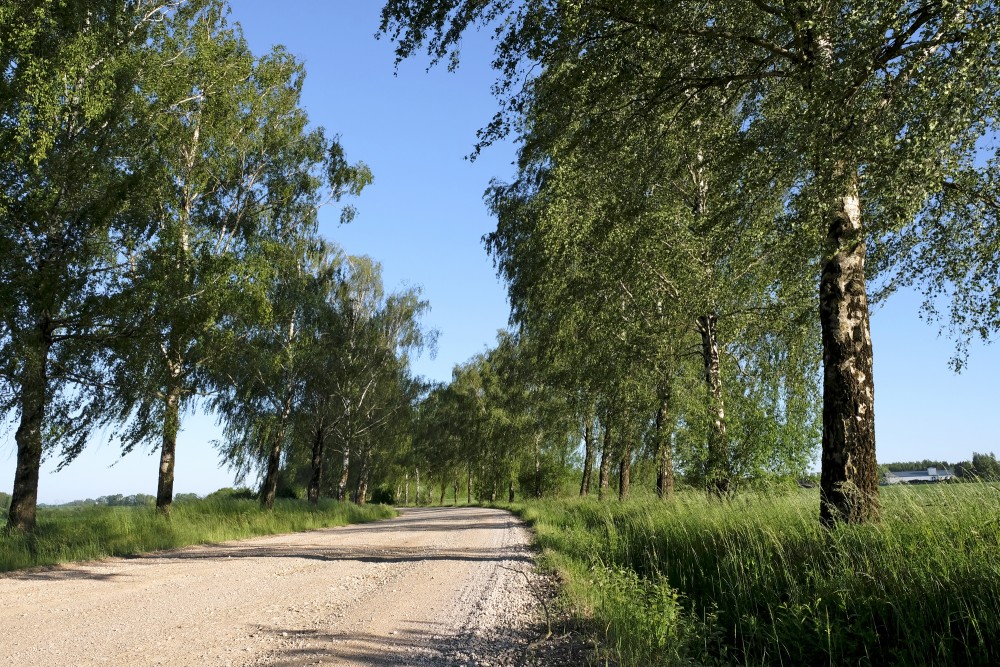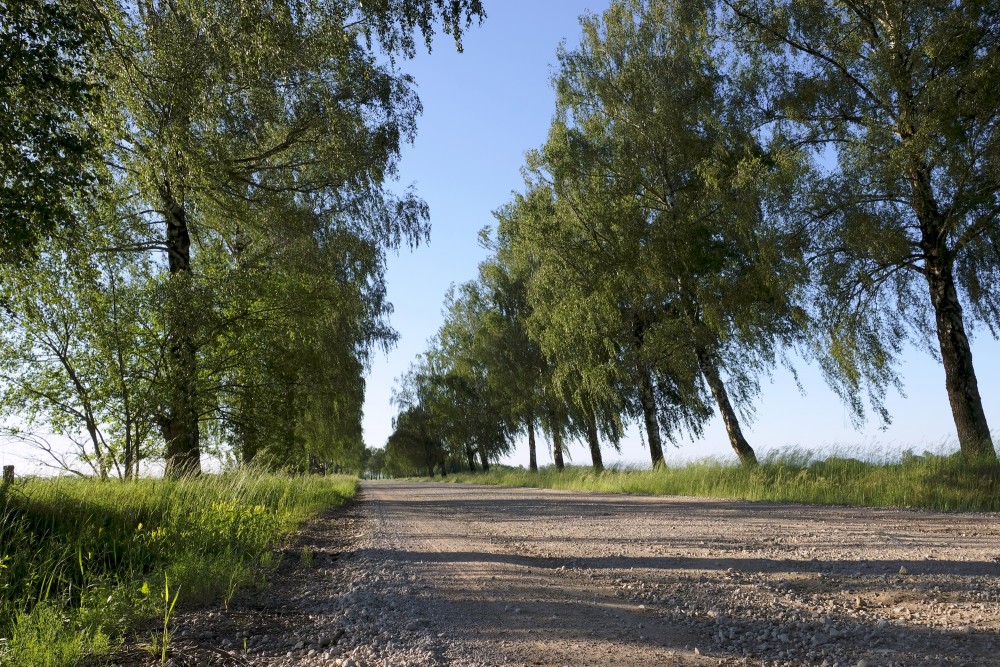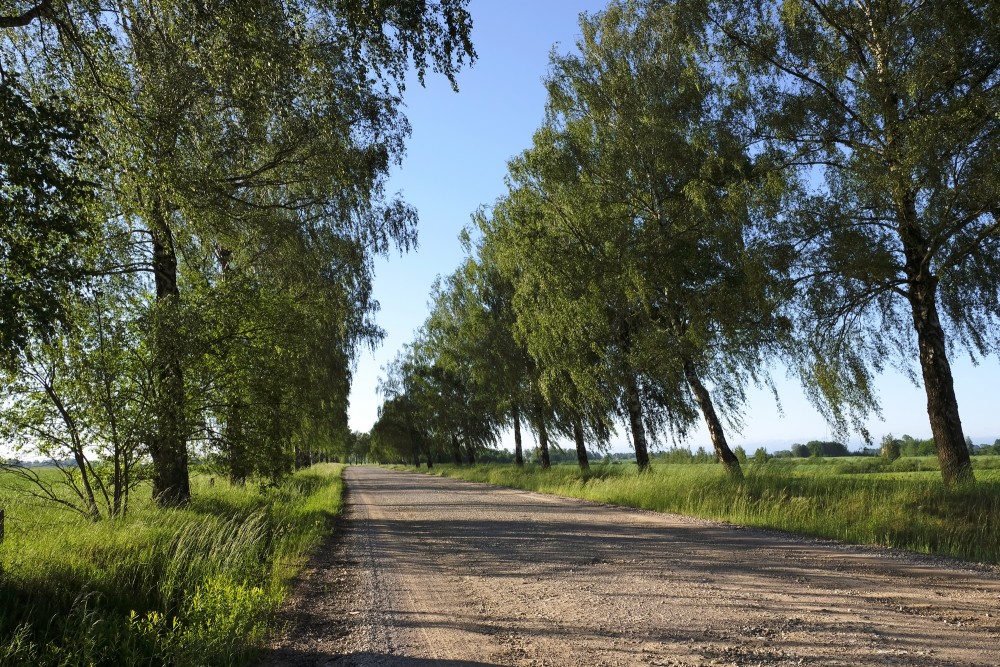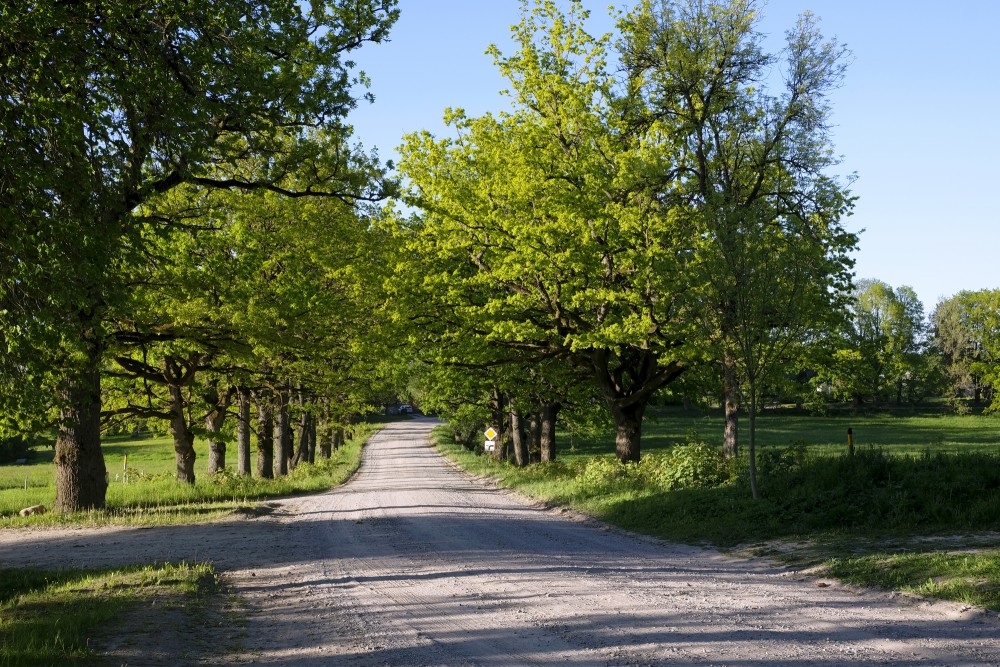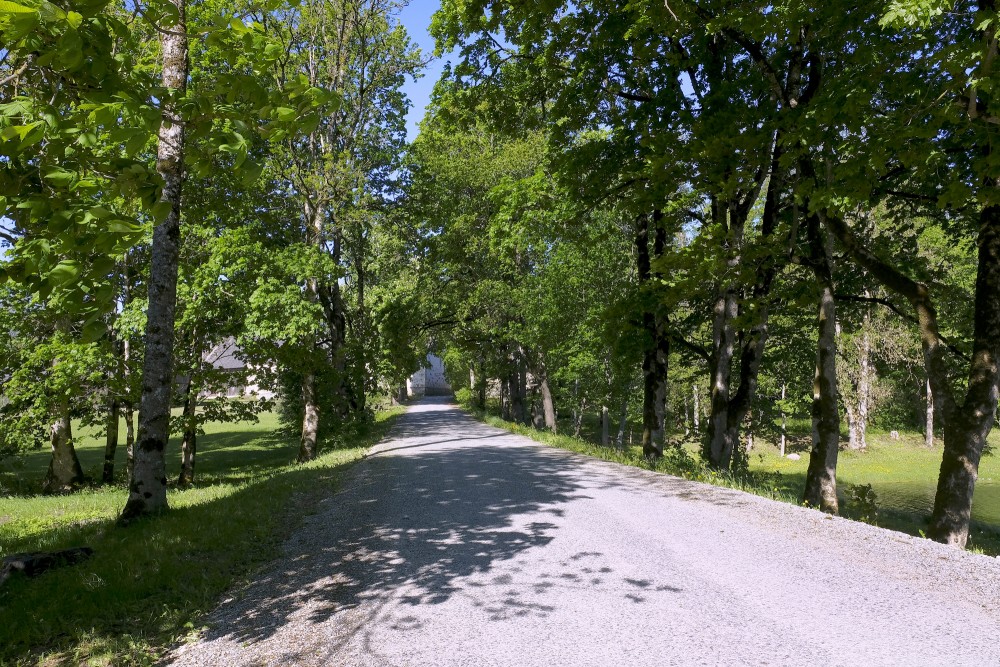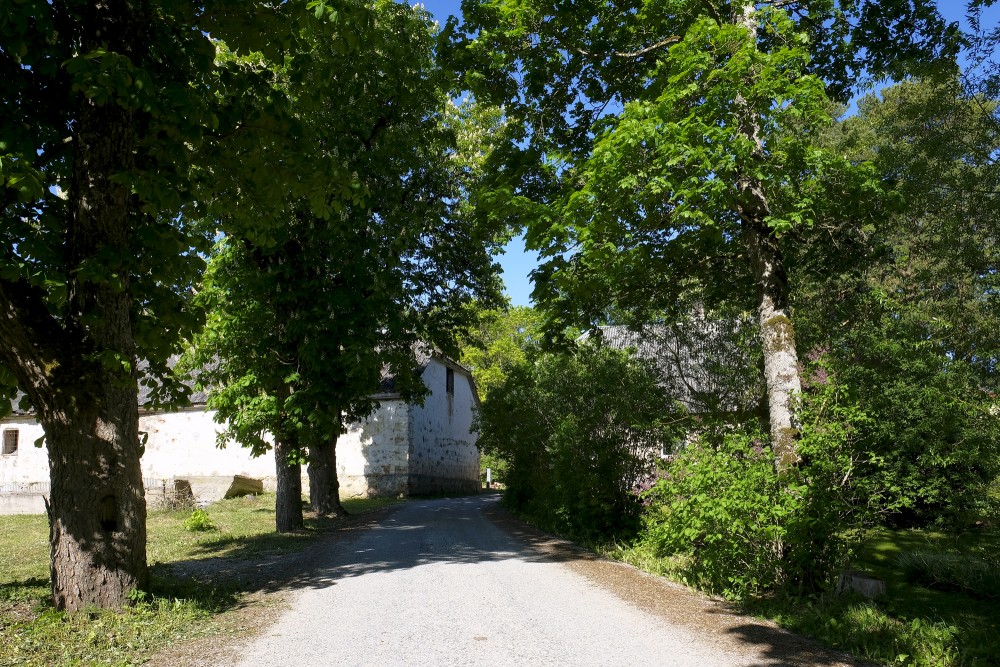Avenue trees
In landscaping, an avenue, or allée, is traditionally a straight path or road with a line of trees or large shrubs running along each side, which is used, as its Latin source venire ("to come") indicates, to emphasize the "coming to," or arrival at a landscape or architectural feature. In most cases, the trees planted in an avenue will be all of the same species or cultivar, so as to give uniform appearance along the full length of the avenue. The French term allée is used for avenues planted in parks and landscape gardens, as well as boulevards such as the Grande Allée in Quebec City, Canada, and Karl-Marx-Allee in Berlin.
History
The avenue is one of the oldest ideas in the history of gardens. An avenue of sphinxes still leads to the tomb of the pharaoh Hatshepsut. Avenues similarly defined by guardian stone lions lead to the Ming tombs in China. British archaeologists have adopted highly specific criteria for "avenues" within the context of British archaeology.
In order to enhance the approach to mansions or manor houses, avenues were planted along the entrance drive. Sometimes the avenues are in double rows on each side of a road. Trees preferred for avenues were selected for their height and speed of growth, such as poplar, beech, lime, and horse chestnut. In the American antebellum era South, the southern live oak was typically used, because the trees created a beautiful shade canopy.
Sometimes tree avenues were designed to direct the eye toward some distinctive architectural building or feature, such as a chapels, gazebos, or architectural follies.
In Garden à la française Baroque landscape design, avenues of trees that were centered upon the dwelling radiated across the landscape. See the avenues in the Gardens of Versailles or Het Loo. Other late 17th-century French and Dutch landscapes, in that intensely ordered and flat terrain, fell naturally into avenues; Meindert Hobbema, in The Avenue at Middelharnis (1689) presents such an avenue in farming country, neatly flanked at regular intervals by rows of young trees that have been rigorously limbed up; his central vanishing point mimics the avenue's propensity to draw the spectator forwards along it.
en.wikipedia.org
